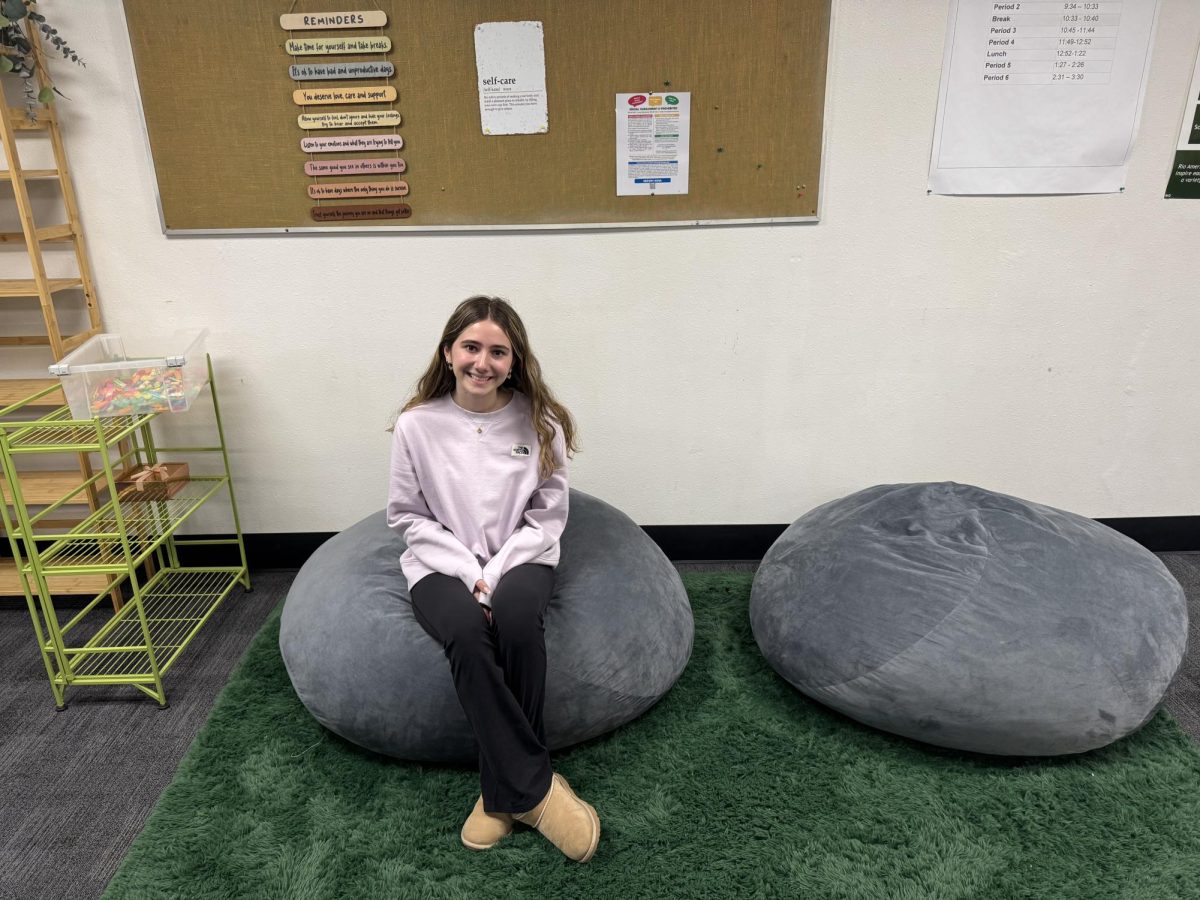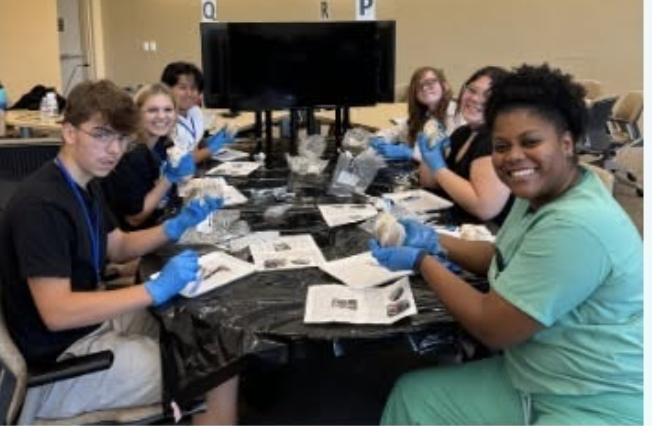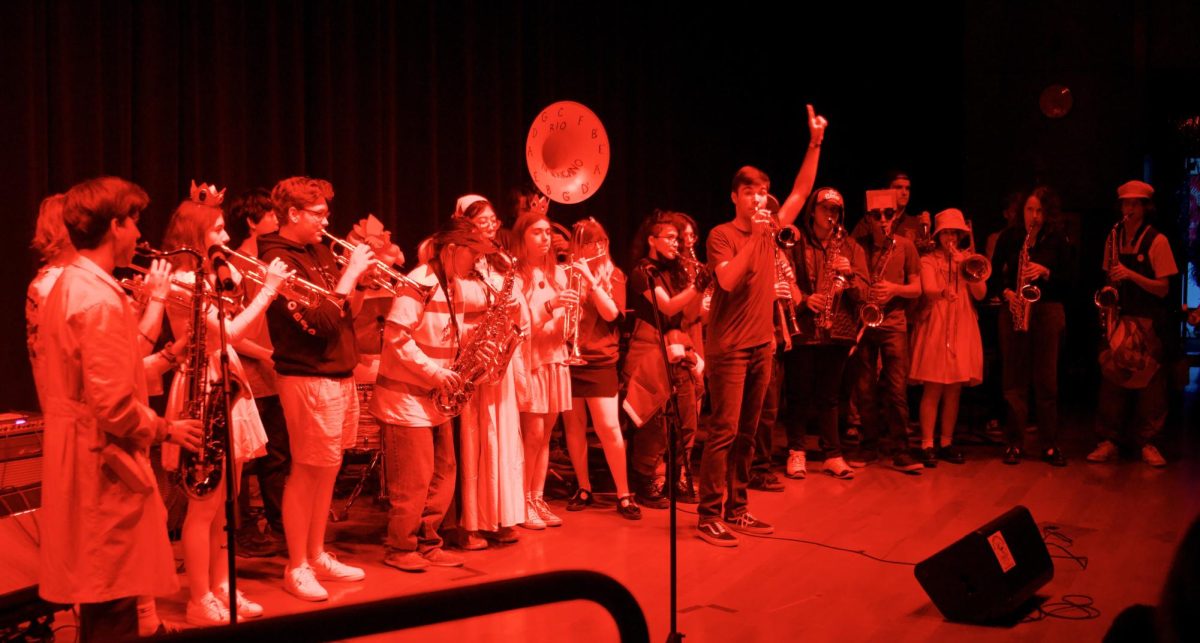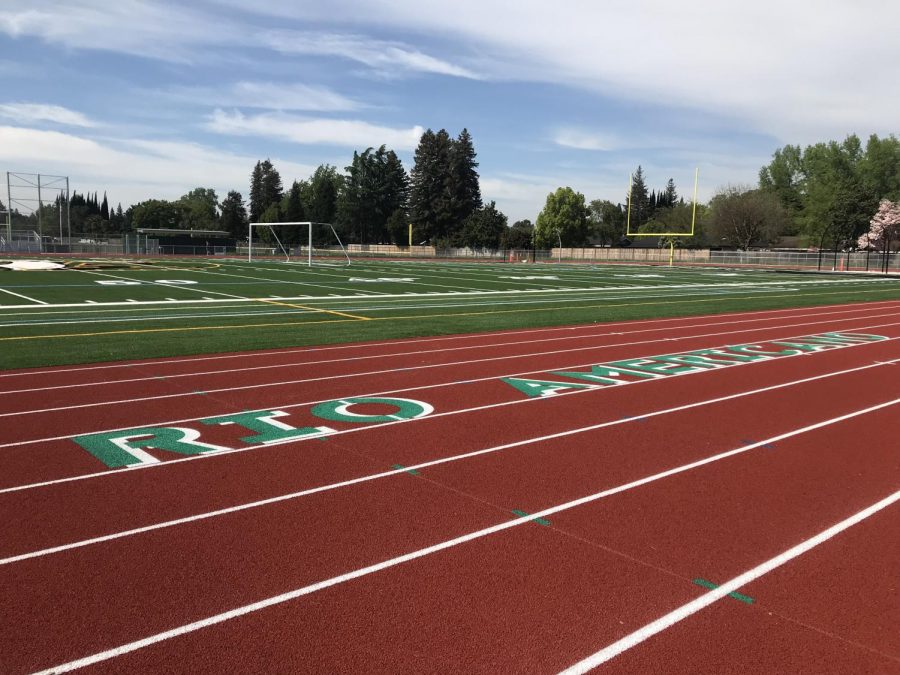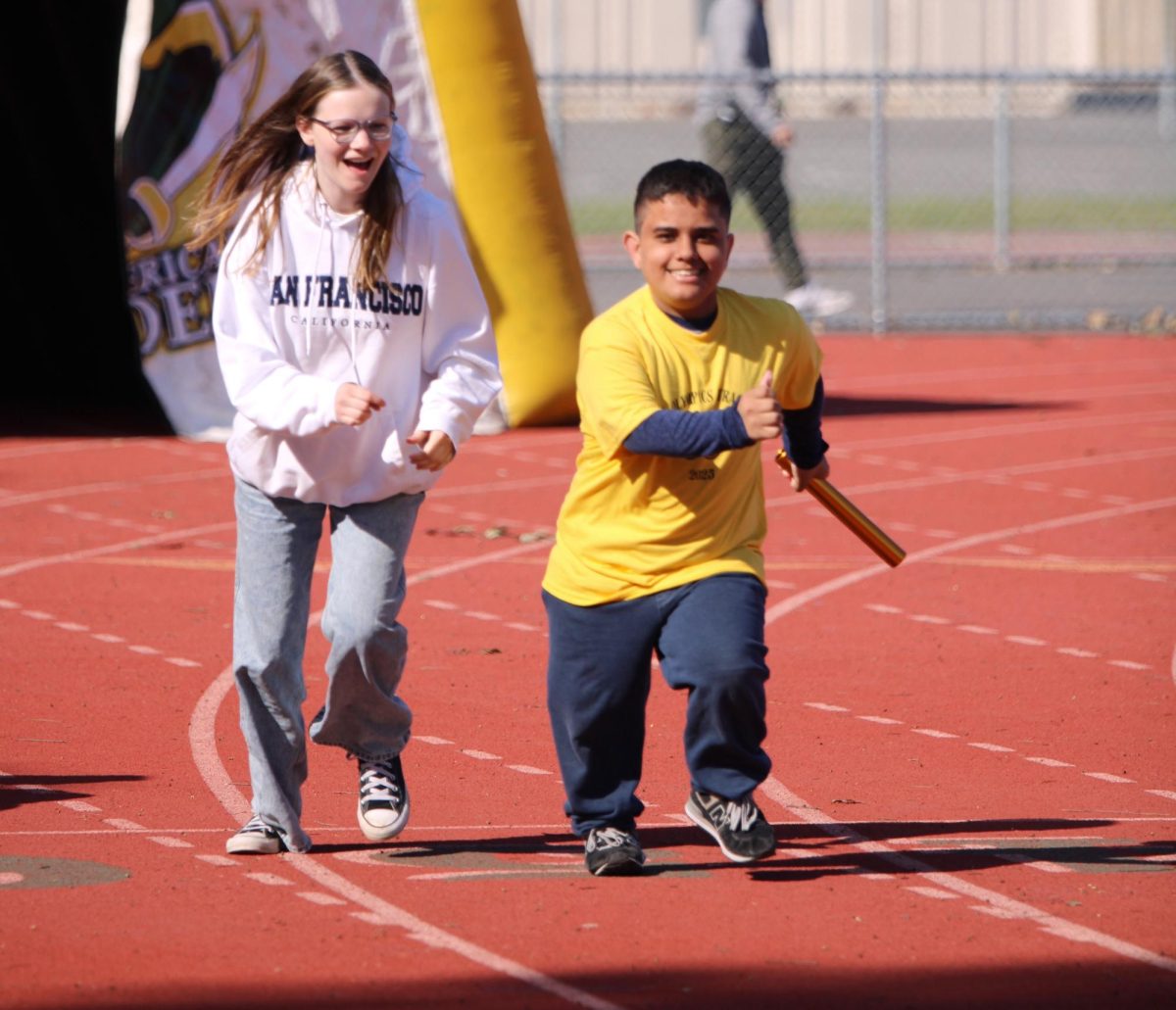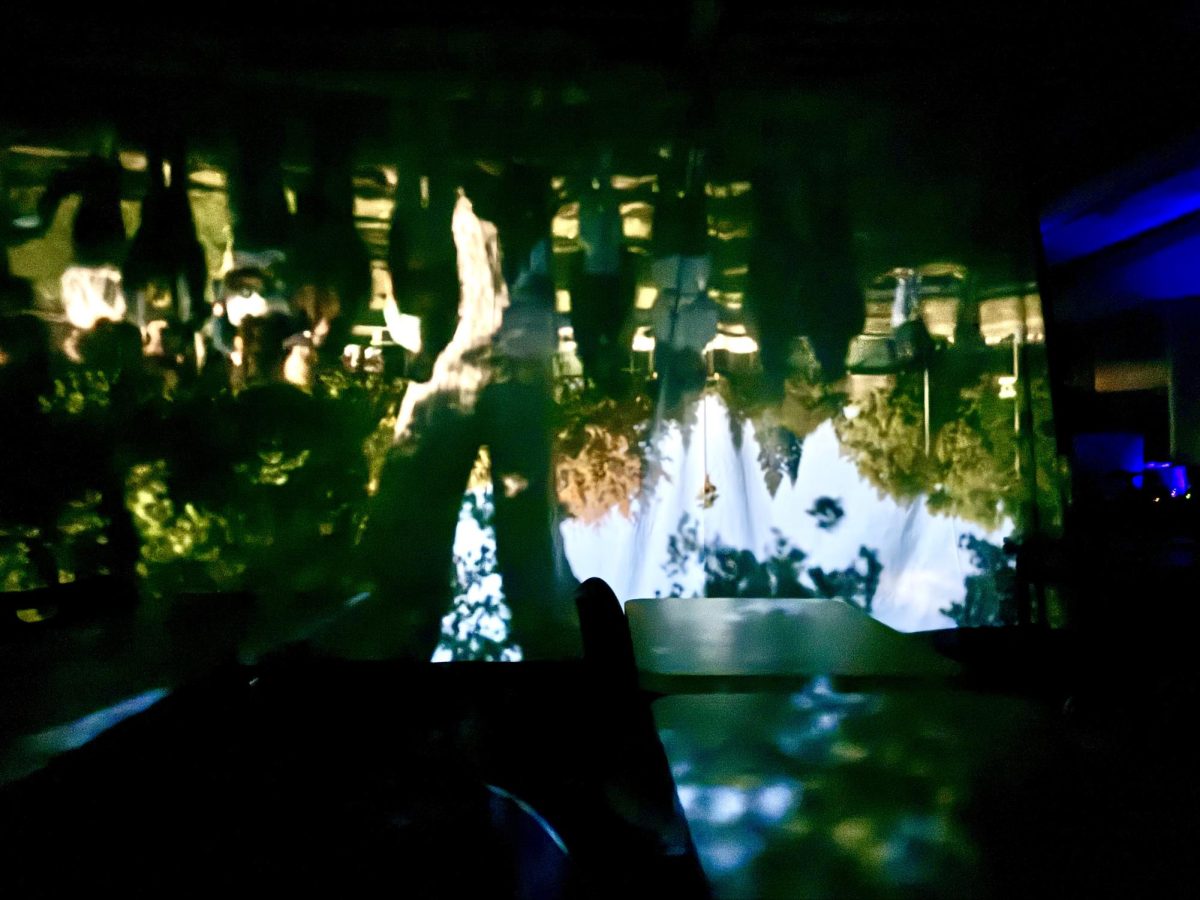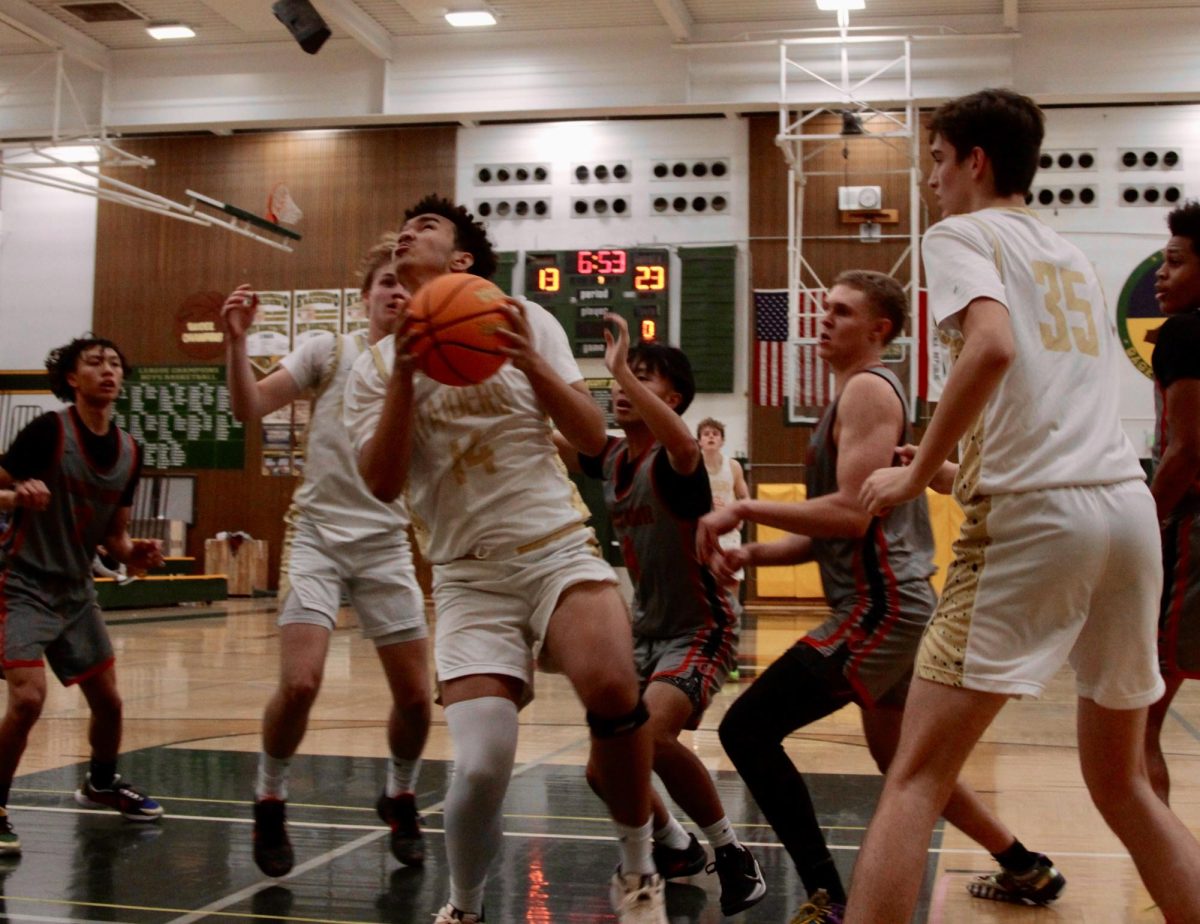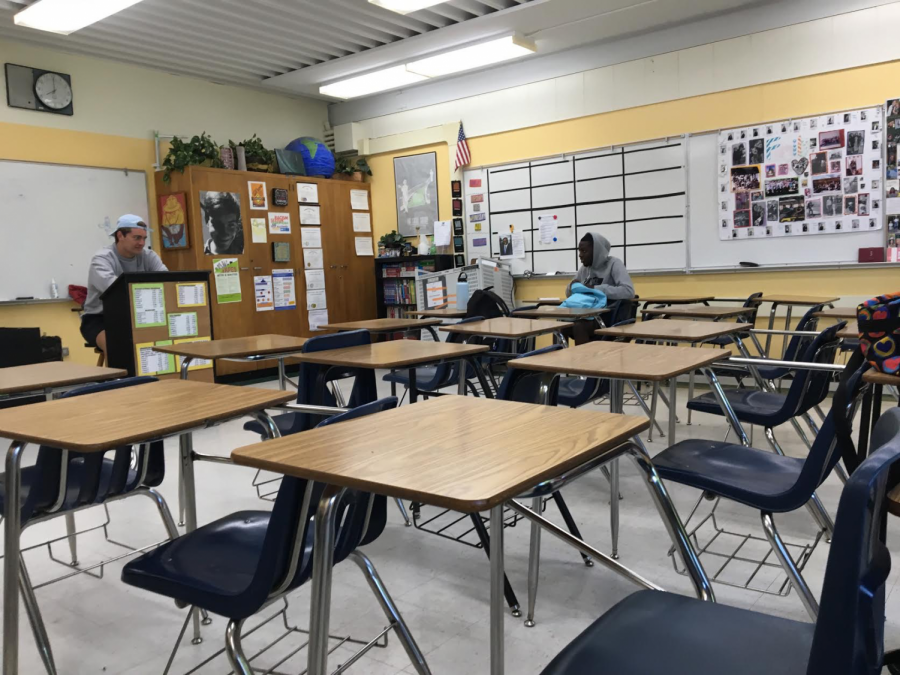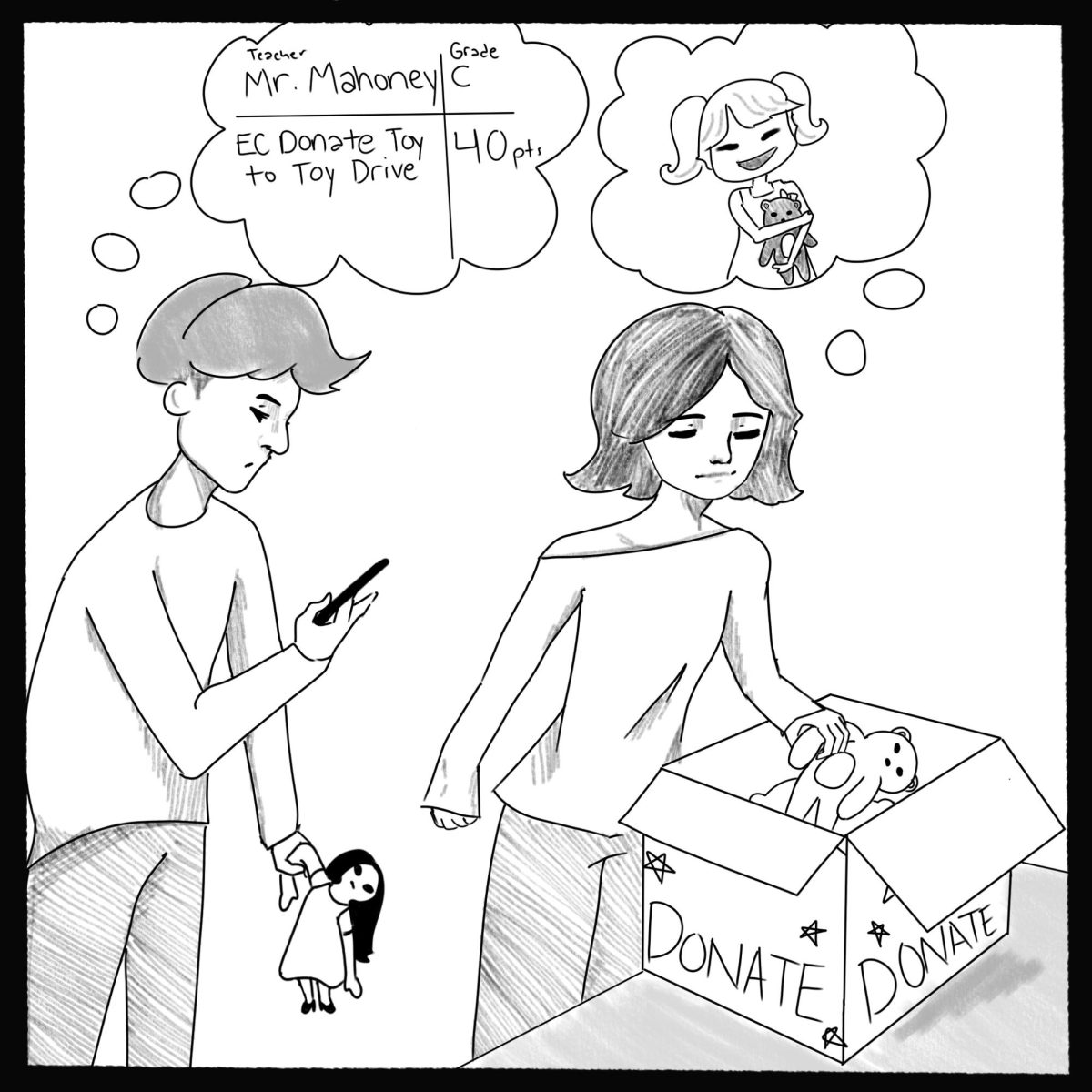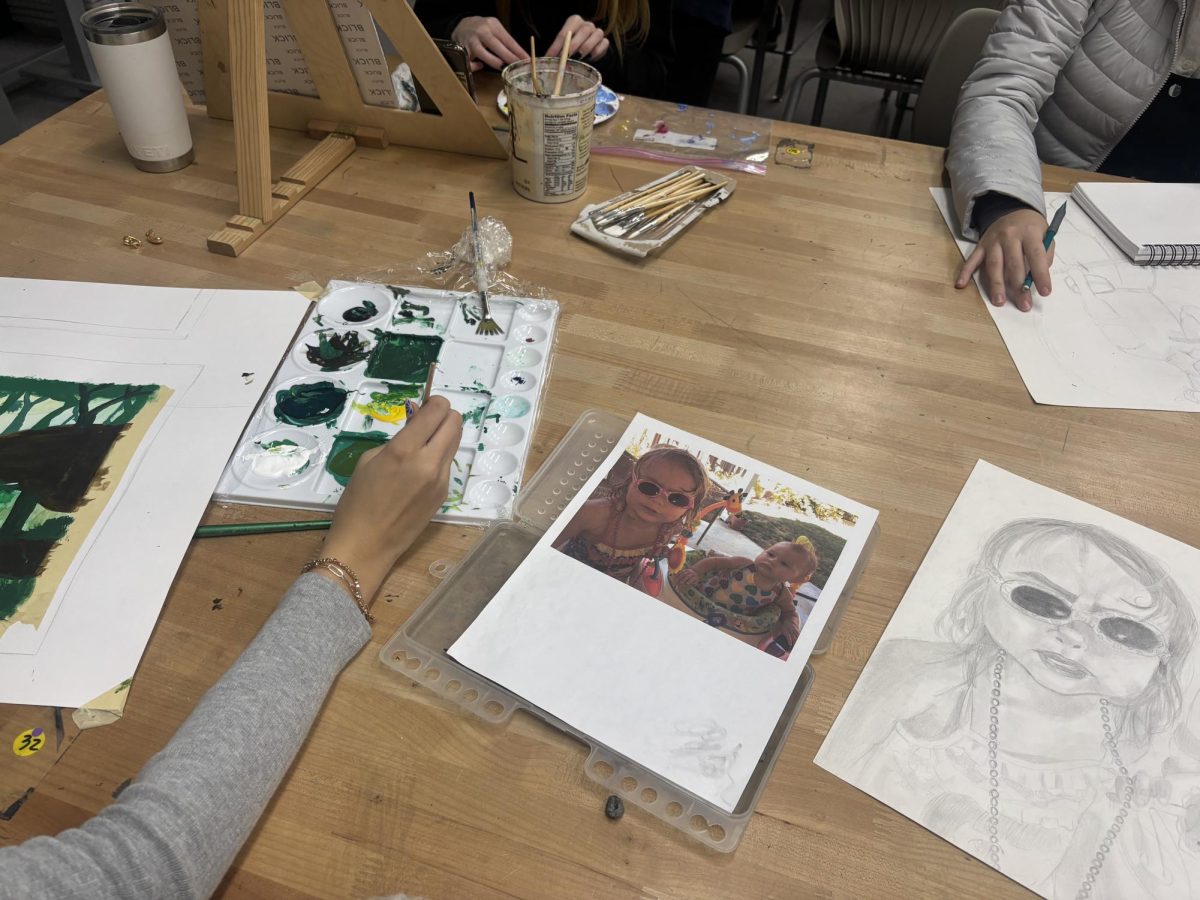Textbooks can be helpful, but let’s be real, they can also be boring. Sitting and reading out of a book daily for the entire class period doesn’t help most students learn. Teachers should focus more on interactive learning instead of just making us read.
When teachers use activities or discussions, learning becomes a lot more interesting. Students are not just staring at pages; we’re involved and thinking. Interactive learning lets us see things from different angles and helps us remember more. For example, if we’re studying history, a debate about a big event could make us feel like we’re actually there. It’s more memorable than just reading a paragraph in a textbook.
For example, in one of my classes, we read what’s shown on the projector and then get out our textbooks to read and answer the questions from the book. We do this every day of the week, and it’s very repetitive and uninteresting.
Interactive learning also helps us connect with each other. When we work in groups or have class discussions, we get to hear other people’s ideas, which allows us to understand the topic better. Plus it makes school more social, making us feel more comfortable and confident in class.
Physics professor Eric Mazur experienced something similar when teaching college students at Harvard. He realized that traditional lectures and passive learning weren’t helping his students retain information. By switching to an interactive teaching style, where students discussed questions and solved problems together, he saw dramatic improvements in learning and engagement. Mazur even said, “Active learning, not passive [learning] makes it impossible to sleep through a class.”
Of course, textbooks can still be used. They have good information, and reading is important. But if that’s all we’re doing, we miss out on the fun of learning together and discovering new things. So here’s hoping teachers see that making learning active and engaging is worth the effort.


